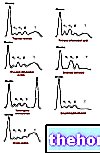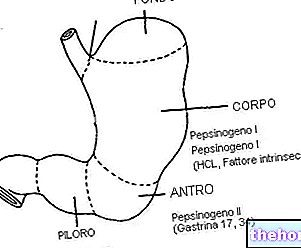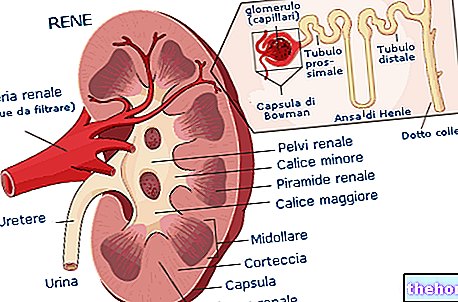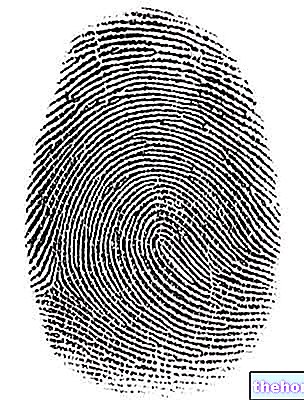Exokinase and glucokinase are two enzymes that intervene in the first stage of glycolysis.
Hexokinase is able to convert glucose into glucose 6-phosphate in cells: this allows glucose to permeate inside the cells until the glycaemia has returned to correct values; if glucose phosphorylation did not occur in the cells, its entry into the cells would stop as soon as the intracellular glucose concentration equals the extracellular one.
The hexokinase is present in all the cells of the organism and in all the cells it phosphorylates glucose in order to reduce its intracellular concentration so, by gradient, the glucose can continue to enter the cells: with this process the glycaemia is regulated in the blood after eating.
If more ATP is produced through glycolysis than is used, then the glycolytic pathway can be slowed down; one of the strategies to do this is to slow down the action of the hexokinase. Hexokinase is subject to product inhibition; this enzine, in addition to the catalytic site in which the substrate binds, has many other sites capable of recognizing a modulator: if glucose 6-phosphate tends to accumulate then that product can inhibit allosteric on hexokinase. Glucose 6-phosphate, while carrying out the action of a non-competitive inhibitor on the enzyme, is consumed (by the action of the enzyme of the second step), so, by the law of mass action, the equilibrium shifts towards the formation of the product and the process resumes.
Glucose 6-phosphate is produced, inside the cells, in great concentration, therefore there is a strong inhibition of the action of the hexokinase (which is therefore no longer able to break down glucose): to ensure that the glucose is however phosphorylated, the enzyme glucokinase intervenes.
In the liver cells (and partly in the kidneys), through an appropriate signal given by insulin, the expression of the gene that codes for glucokinase is induced. If the blood sugar increases, insulin is produced, a hormone produced by the beta cells of the pancreas; with the production of insulin, a message is sent to the target cells which, in this case, are the hepatocytes (liver cells) and adipocytes (cells of adipose tissue). On these cells there is a special protein, called receptor, which recognizes insulin and binds it to form an insulin-receptor complex; all this translates into a series of signals that lead to one or more strategies (metabolic pathways) to reduce the concentration of intracellular glucose: in particular, the enzyme-substrate complex induces the expression of a gene that codes for glucokinase.
Glucokinase is an enzyme capable, like hexokinase, of transferring a phosphoryl from ATP to glucose but has a different structure from hexokinase: it does not possess the negative modulator site of the product; therefore, glucose phosphorylation occurs in hepatocytes even beyond the energy requirement, until the blood sugar reaches normal levels.
L "hexokinase is a ubiquitous enzyme that is present in all cells; glucokinase is, on the other hand, typical of liver cells (c" is only in the liver). Glucokinase has a transient presence, it is found, in fact, after eating when the blood glucose can go from 5 mM up to 12-14 mM.
Glucokinase is an inducible enzyme, that is, it is present in the cell when it needs it and is not present if its action is not necessary (it is a fragile enzyme), while hexokinase is an enzyme present in all cells at a concentration almost constant (constitutive enzyme) and is very resistant.
Therefore the glucokinase allows a more rapid reduction of the intracellular glucose concentration and, consequently, the concentration of glucose in the blood decreases because, by gradient, it enters the cells.
Glucokinase is sensitive to proteolytic enzymes which, after some time, degrade it; each molecule of degraded glucokinase must be replaced by another molecule as long as the insulin signal is present; when the insulin concentration is lowered, the glucokinase production and only hexokinase remains.
In a hepatocyte, in addition to glycolysis, a rapid capture of blood glucose must also occur with the aim of retaining it as a reserve and using it in case of need: glucose 6-phosphate is accumulated in the hepatocytes and, after appropriate transformations, becomes matter of reserve (glycogen). Glycogen is a polysaccharide that constitutes the body's energy reserve; it is accumulated in the cells (especially in the liver and muscles) in the form of granules; if you do not take enough carbohydrates through the diet, then the glycogen stores are degraded
CONTINUES: Second part of glycolysis "









.jpg)


















